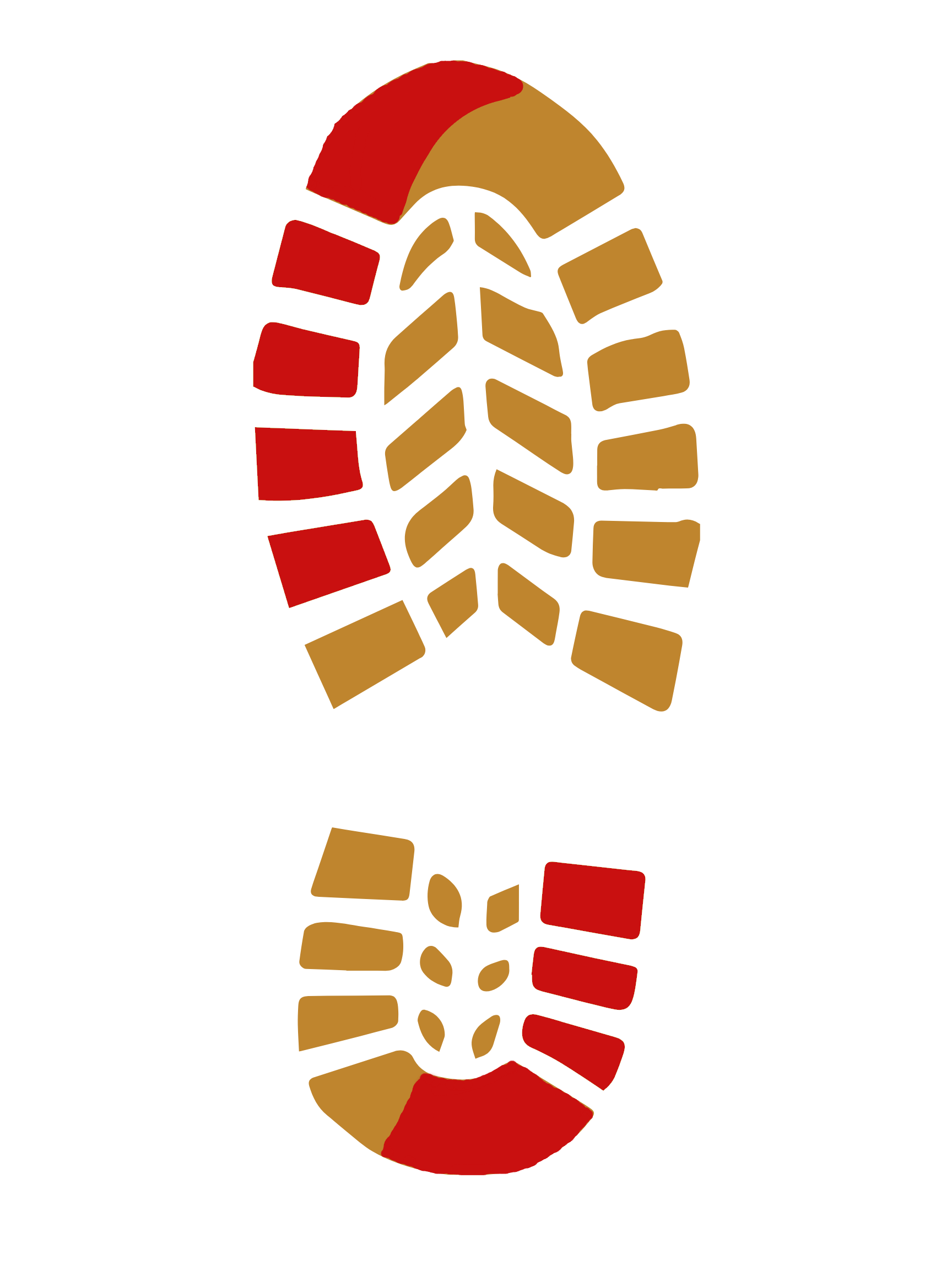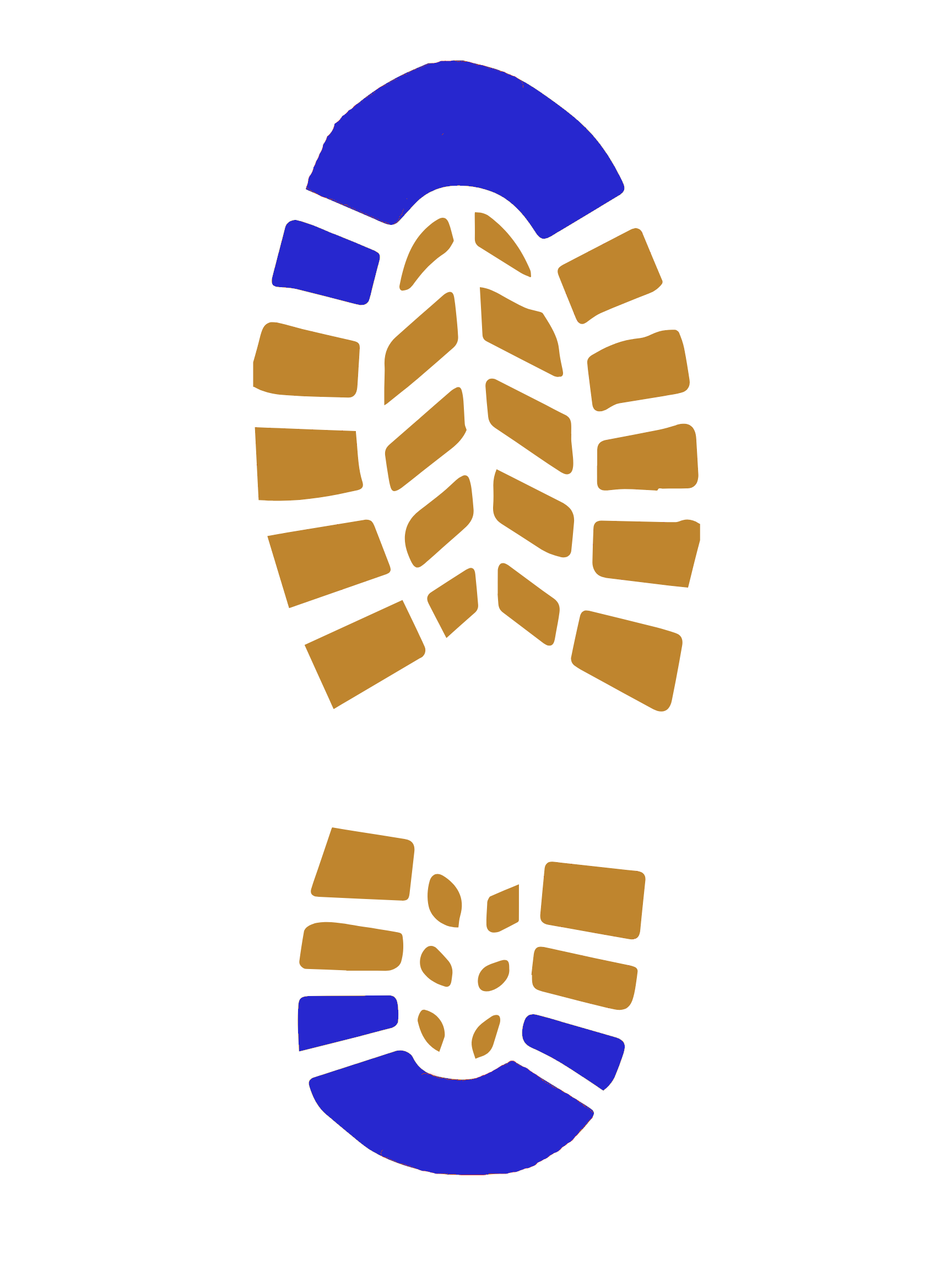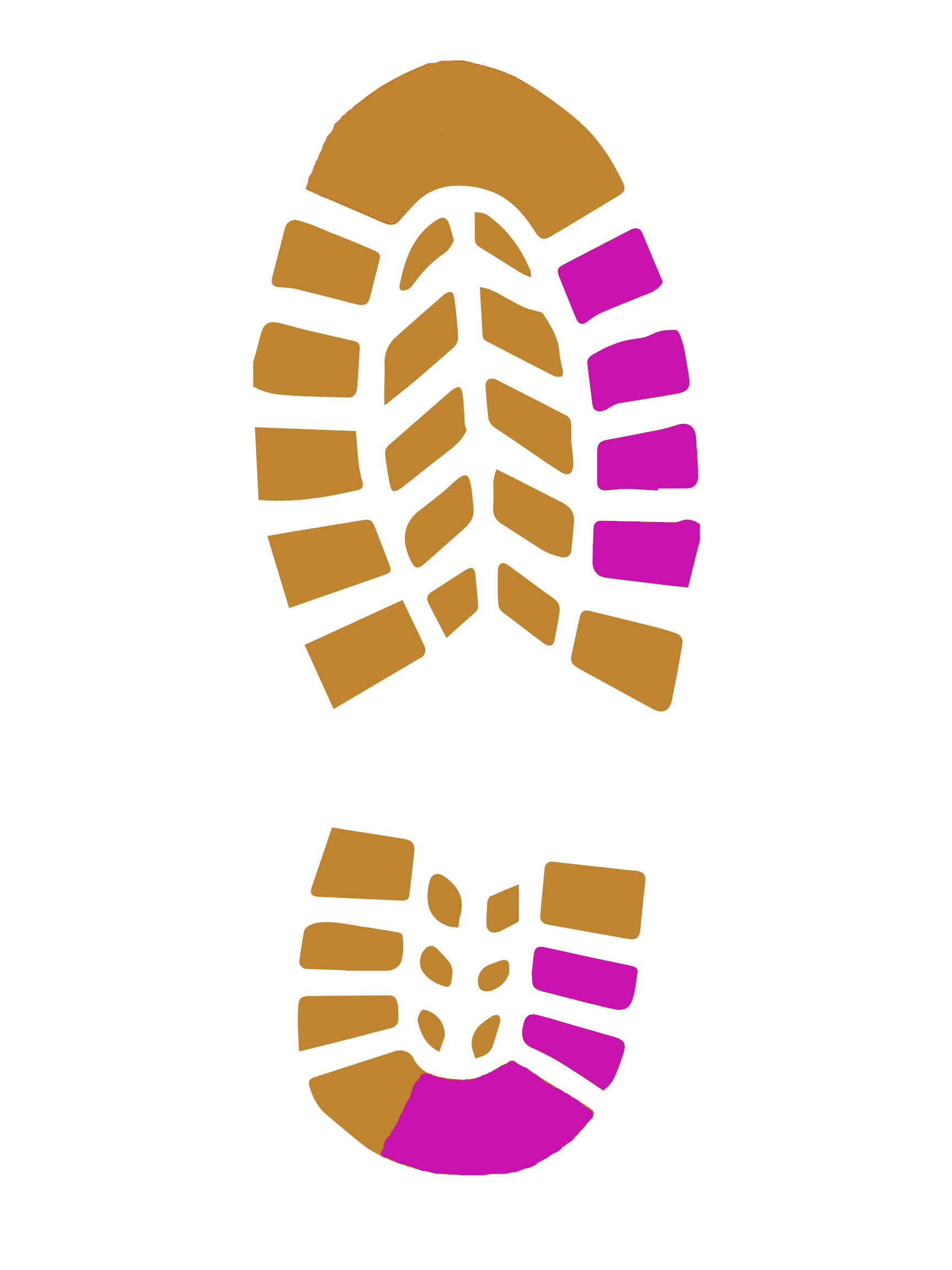free shipping desktop
Is It Time for New Shoes? Key Signs You Shouldn’t Ignore

Remember when you first slipped on your favorite pair of sneakers? They felt like walking on clouds, providing relief to your feet, legs, and even your back. You might have even considered sleeping in them because of how comfortable they were.
Fast forward to today—those once-perfect shoes may feel more like a burden. If your feet now feel unsupported or the insoles feel worn out, it might be time for a change. Even the best shoes have a lifespan, influenced by how often you wear them, your foot structure, and the terrain you walk on. But how do you know when it’s really time to replace them?
How long should my shoes last?
The lifespan of a shoe primarily lies in its soles. On average, walking shoes offer optimal performance for about 300-500 miles. This depends on how often you wear them, your weight, and your foot’s pronation. For instance, using running shoes on rocky terrain will wear them out faster, just as ill-fitting shoes may damage the uppers.
Sedentary to Moderately Active People
If you wear your shoes daily but aren’t very active, they might last 6-12 months. However, if you regularly walk or attend exercise classes, expect to notice changes around the six-month mark.
Athletes, Fitness Lovers & Highly Active People
For those who are more active—runners, walkers, or gym-goers—shoes will wear out faster, often needing replacement every 300-450 miles. Pay attention to how your shoes feel; if they no longer offer the same support or bounce, it's time for a new pair.
What does wear and tear look like?
Shoes are made up of various components, each prone to wear over time. Here's what to watch for:
- Outer Sole: Look for thinning, cracks, or uneven wear. If your shoes tip or rock when placed on a flat surface, it's a sign they need replacing.
- Midsole: If the cushioning feels flat or creases have formed, the shock absorption is likely compromised.
- Upper & Interior: Bent or misshapen shoes, holes, or excessive wear on the heel counter suggest your shoes are past their prime.
Overpronation Wear Pattern

Normal Pronation Wear Pattern

Supination Wear Pattern
You might wonder if squeaking sounds mean it's time to replace your shoes. While squeaking doesn't always signal the need for new shoes, it often points to an underlying issue. Common causes include trapped moisture, loose parts, or worn-down soles. If the squeaking continues despite efforts like drying, tightening, or replacing insoles, it could indicate structural wear. In such cases, especially if other signs of wear are present, it might be time to consider investing in a new pair.
To extend the life of your shoes, consider rotating between pairs, especially if you're active. Paying attention to these signs will ensure you replace your shoes before they start causing discomfort or injury.
**It is advisable to consult a health-care professional such as a doctor or podiatrist before taking action based on any information found on our website. Our goal is to provide information and educate others on a number of issues relating to foot health, not give medical instruction.
About author:
Bobbie J. Brown is a seasoned marketing content writer for Flow Feet, specializing in foot health with over 10 years of experience. She has written extensively on foot conditions, effective management strategies, and the benefits of orthopedic footwear. Connect with Bobbie via email at: bobbie@flowfeet.com.

